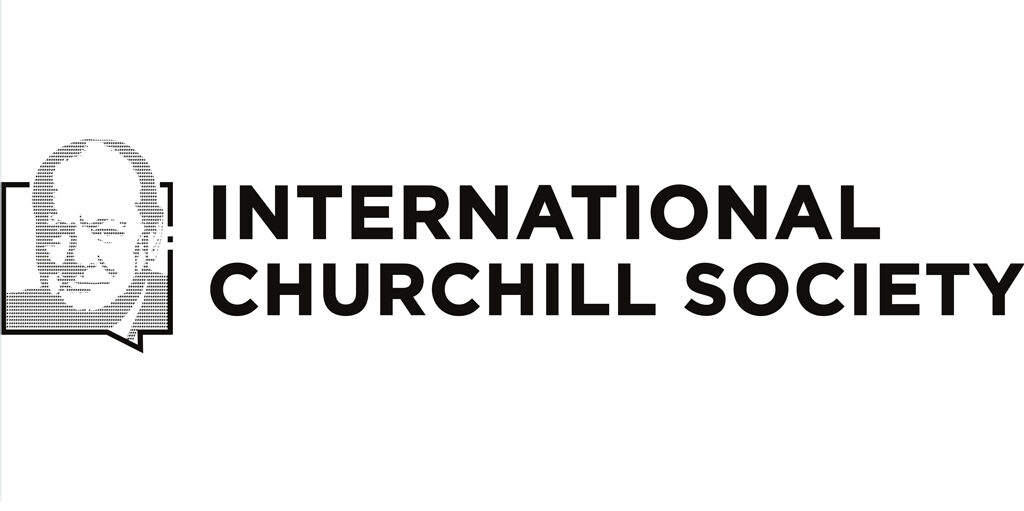
Finest Hour 122
Despatch Box

Winston Churchill, Parliament Square, London © Sue Lowry & Magellan PR
July 31, 2013
Finest Hour 122, Spring 2004
Page 04
WWW.WINSTONCHURCHILL.ORG
As an avid amateur historian (and professional graphic designer), I just had to express and share my enthusiasm for your website with you. It is a wonderfully comprehensive work and I shall look forward to enjoying its many depths in the coming days and weeks. Cheers!
CHRISTOPHER PAVLIK, PROP.
FORCE TEN DESIGN, CALGARY, ALBERTA

2025 International Churchill Conference
COINAGE POSTSCRIPT
Since the article “Commemorative Coins” appeared (FH 120), I have been questioned about the correctness of my classifying commemoratives as “coins.” As I mentioned, many obviously were not intended for open circulation, and many anomalies appear.
For example, the Royal Mint issued two sets of gold coins for Alderney and Guernsey in 1999. One set was for 5 pounds, the other 25 pounds. Exactly the same die art was used. However, coins in the 5 pound set measured 38.61 mm and weighed 47.54 grams. The 25 pound set measured 22 mm and weighed 7.81 grams. The Royal Mint sold the 5 pound set for $1,695; the 25 pound set sold for $625! A reversal of values?
Another example: in 1999 the Falkland Islands and Tristan Da Cunha issued a series of three coins each. The die art was the same for each series; face value was 50 pence each. Yet in each case coins were issued in gold, silver and copper/nickel. No distinction in face value was made based upon the metal. Such examples tend to confuse the subject.
The numismatic community is also struggling with this question. A letter in the latest issue of World Coin News spoke to the problem: “The word ‘coin,’ like any word, does not have any inherent meaning but has whatever meaning the collecting community as a whole chooses to give it (or the public as a whole, which may have a different definition).”
Current opinion recognizes a coin as an object issued by a governmental authority, which is portable, and which is legal tender and/or intended for circulation. Our commemoratives meet the first two conditions, and they are clearly marked with a legal tender value. Whether they were intended for circulation is open to discussion; they were certainly intended for circulation to collectors! And I suspect that a gold Falklands Island 50 pence coin would be accepted in payment for a cup of coffee anywhere in the world, should anyone be foolish enough to offer it.
The most practical approach to classifying these commemoratives is to divide coins into circulating issues and “non-circulating legal tender” (NCLT) issues. NCLT coins are “created and sold by, or under authorization of, agencies of sovereign governments. These are primarily individual coins or sets of a commemorative nature, marketed at prices substantially in excess of face value, and usually do not have counterparts released for circulation” (Krause & Mishler, Catalog of World Coins). However, this collector’s bible makes no distinction but lists both coin types together under the issuing government.
Some coins fall into both categories (i.e., the British 1965 crown, a commemorative which was also a circulating issue). To further confuse the situation, some coins fail to meet the above definitions for either category; the Yemeni Rial was issued by a government in exile that never came to power and Europa, the fledgling European community, issued several commemorative coins in 1972 although it was not a legal government at the time.
In the interest of tranquility, can we agree that these Churchill commemoratives are NCLT issue coins? Since professionals in the world of coins can’t agree, why should we argue? Let us accept that they are lovely commemoratives and they are an appropriate part of our Churchilliana collection. And they are, by definition and regardless of classification, coins.
DEVOY WHITE, CARMICHAEL, CALIF.
LAWRENCE AS RECRUIT
Lawrence of Arabia (FH 119) surely didn’t please everybody. His former commander G. F. Breese, writing in Illustrated (1955), called him “a real troublemaker. He asked for a private room, saying ‘I suppose you know who I am?’ I knew him only as an airman and explained that it was not possible to give 1100 recruits a room each. The next week he was up for disciplinary reasons for being dirty and insubordinate.”
JAMES MACK, FAIRFIELD, OHIO
Past doubt!’—Ed.
Subscribe
WANT MORE?
Get the Churchill Bulletin delivered to your inbox once a month.


